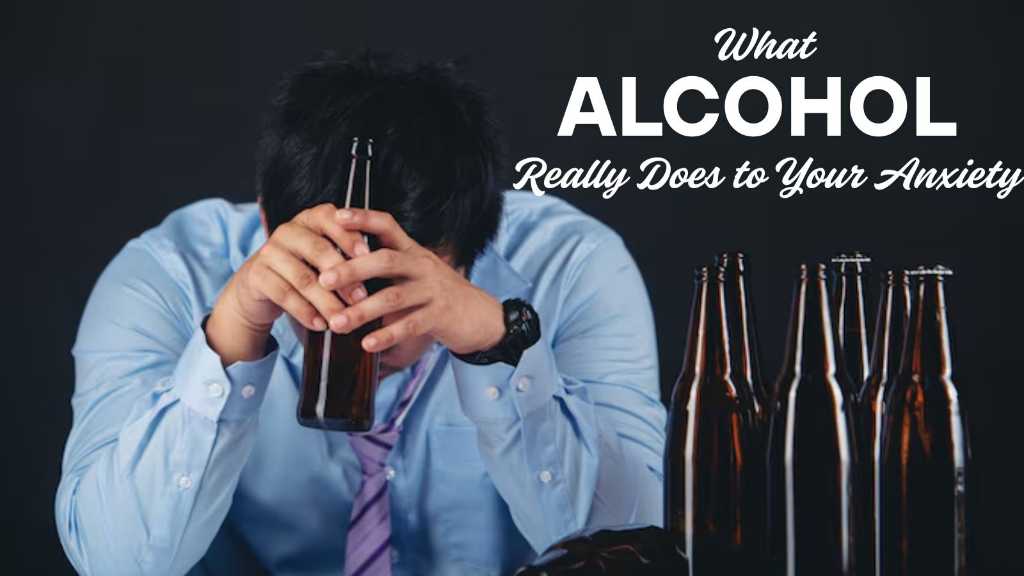The Illusion of Calm: What Alcohol Really Does to Your Anxiety

The Illusion of Calm: What Alcohol Really Does to Your Anxiety
As your body begins to metabolize the alcohol and your blood alcohol content drops, the initial sedative effects fade.
It’s a familiar scene in films and TV shows—a character pours themselves a stiff drink before walking into a stressful situation, using alcohol as a kind of emotional armor. It’s a powerful image, and one that has helped shape a long-standing belief: alcohol calms your nerves. But how true is that?
The reality is more complicated. Alcohol does act as a depressant on the central nervous system, which can create a brief sense of calm. When your blood alcohol content rises, you might feel more relaxed, your mind slows down, and the anxious energy coursing through your body may ease. In that fleeting moment, it can feel like the tension has lifted.
However, the calming effect is temporary—and often misleading. As your body begins to metabolize the alcohol and your blood alcohol content drops, the initial sedative effects fade. What follows is often the exact opposite of calm. You might feel edgy, irritable, or more anxious than before. This is your brain attempting to re-stabilize its chemical balance after being disrupted.
For people who regularly turn to alcohol in moments of stress, the cycle can become harmful. Using alcohol as a coping mechanism can train your brain to associate relief with drinking. Over time, you may find yourself reaching for a drink more often, needing more of it to feel the same effect, and eventually developing a psychological or physical dependency.
The impact doesn’t stop at anxiety. Alcohol alters brain chemistry, particularly affecting neurotransmitters like serotonin, which plays a major role in mood regulation. Over time, chronic alcohol use can lead to long-term changes in the brain, increasing the risk of mood disorders such as generalised anxiety and panic attacks.
Physically, the consequences can be just as serious. The World Health Organization classifies alcohol as a toxic, psychoactive substance that is both dependence-producing and carcinogenic. It is linked to at least seven types of cancer, including common ones like breast and bowel cancer.
And then there’s the emotional aftermath many people experience—what’s become popularly known as “hangxiety.” That familiar mix of hangover symptoms and heightened anxiety can feel worse than the original stress that led to the drink in the first place.
While alcohol may appear to offer a quick fix, the long-term costs are high. In reality, there are far more effective and sustainable ways to manage stress and anxiety—approaches that don’t come with a crash or a chemical dependency. Whether it’s through building a healthy routine, developing emotional awareness, or seeking professional support, long-lasting calm comes from learning to cope, not from trying to escape.












